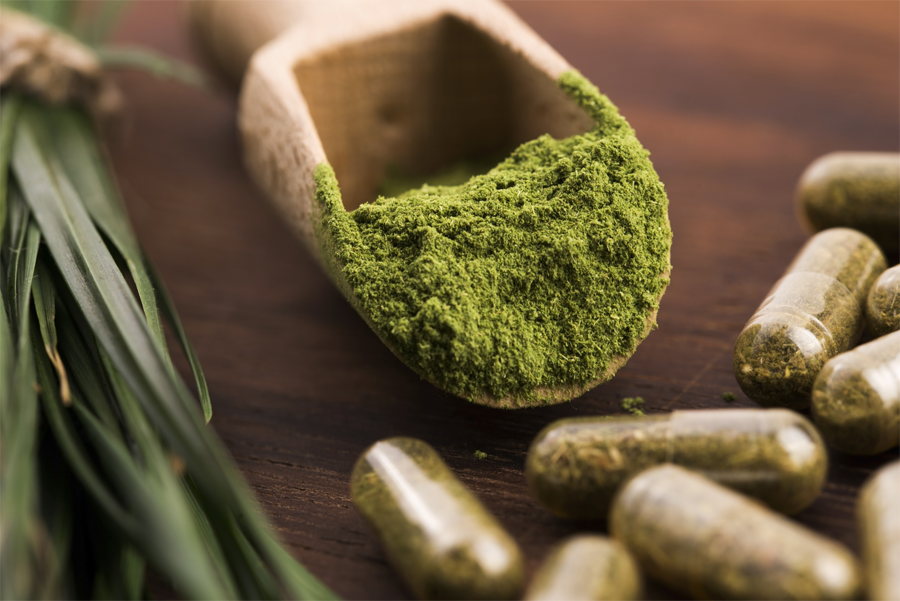Natural drugs dominate traditional medicine in many countries, such as herbal medicine, which is being turned to more and more in Canada: do plants really have a curing potential? If we consider that herbal medications for men’s health have firm positions as bestsellers on Canadian Pharmacy, the conclusion is evident: the benefits of the use of herbal preparations are numerous, while side effects are minimal.
From the beginning of mankind, mankind turned to Mother Nature to find remedies for wounds, sicknesses and other maladies. It must be said that he could not really look elsewhere … A “herbal medicine” which remains today the only therapeutic remedy for a good part of humanity, the most destitute in terms of drugs pharmaceuticals.

But in developed countries too, more and more people are turning to herbal medicine. A craze aroused not by the lack of means and products, but by distrust of classical medicine, tainted by both financial and sanitary affairs (scandals Mediator and Valproate, undue side effects, etc.) to the point that this unconventional medicine is experiencing a second wave of popularity. Proof of this is that sales of herbal products have increased by 3% per year on average since 2009.
In 2016, 28% of Canadian population preferred plants and 45% resorted to herbal medicine for treatment. These facts account for items like Yagara (Herbal Viagra) being listed as one of the strongest top-sellers in My Canadian Pharmacy.
It would be wrong, however, to oppose frontally modern pharmacology and herbal medicine, because they have common bases. Of the 120 chemical structures derived from the plant kingdom at the origin of important drugs, nearly three quarters were discovered from plants used in traditional medicines, says Jules Landstream, pharmacist of another online drugstore based in Canada.
What is the difference between them? Unlike our drugs, which rely on specific active molecules, herbal products are raw extracts from the entire plant or that of one of its organs (root, flower, stem…). They contain the active ingredient that classical medicine makes its honey, but not only. At the risk of doping or inhibiting the medicinal properties? Work is underway, and surprises are not excluded. To the point that herbal medicine could be more than a “grandmother’s remedy”.
In Canada, the Pharmacopoeia lists 681 medicinal plants. Only those on the list are entitled to a marketing authorization (MA) and, if they do, to be sold in a pharmacy as “herbal medicines”. As for the remaining 184, listed in List B, their potential adverse effects were considered to be greater than their benefits and therefore cannot be used in herbal medicine.
There is another big difference between conventional medicine and herbal medicine: despite some spectacular misses, the strength of drugs – and one of the pillars of their tremendous expansion in the twentieth century – is to rely on clinical and preclinical protocols as well as reproducible results meant to guarantee their safety and superior efficacy over placebo. This is blithely overcome by medicine plants.

In Europe, herbal treatments benefit from a so-called marketing authorization. To obtain it, an industrialist must only prove that the plant has been used for its medicinal properties for at least thirty years. No need to demonstrate superiority over placebo or available treatments. But traditional use is a guarantee of security, not efficiency. In other words, if the plants proposed in Canada are not dangerous to health, nothing says that they are beneficial.
How to make sure? Recently, there has been a so-called “established medical use” MA, which requires that a plant has been present on the Canadian market for at least ten years and that it benefits from scientific publications justifying its effects. About twenty plants got it. However, only a handful of medicinal plants meet the criteria for this assessment, namely proven effects.
Inefficacious, all the others? Not necessarily. Because many are discarded for the sole benefit of the doubt. Hence the difficulty of drawing up a list of really effective plants. Nevertheless, the magic of a dozen of them is very real. Magic: the word is not too strong, because the wheels that give them a healing power remain partly mysterious. A challenge for modern pharmacology, which can no longer ignore the astonishing therapeutic virtues of certain plants.
